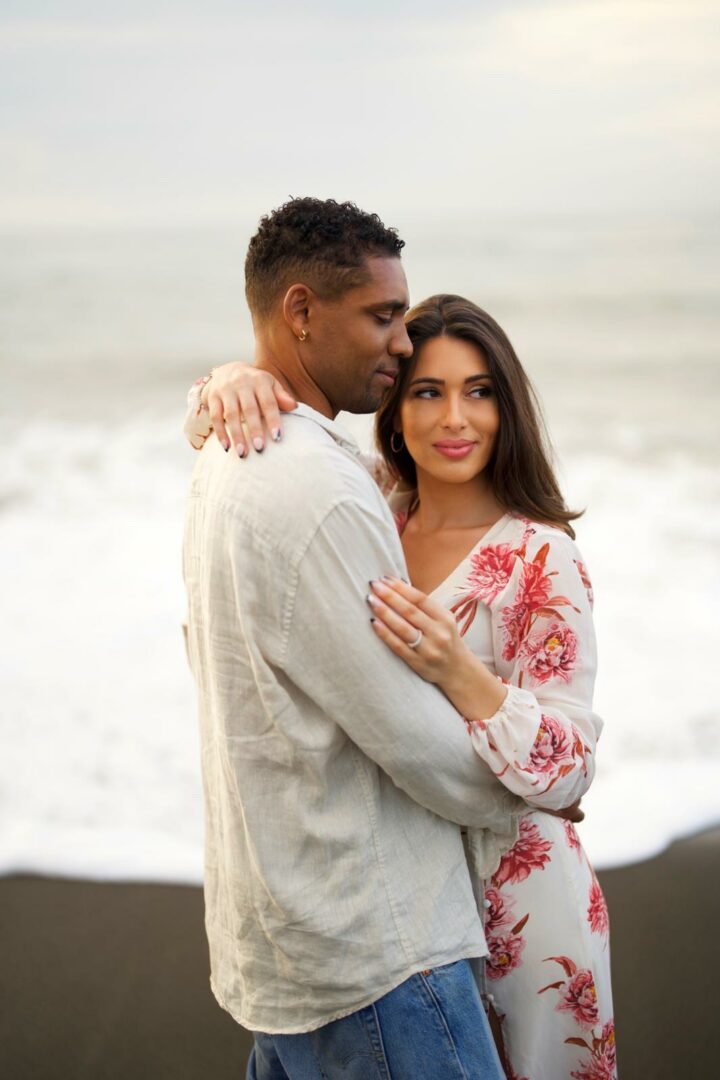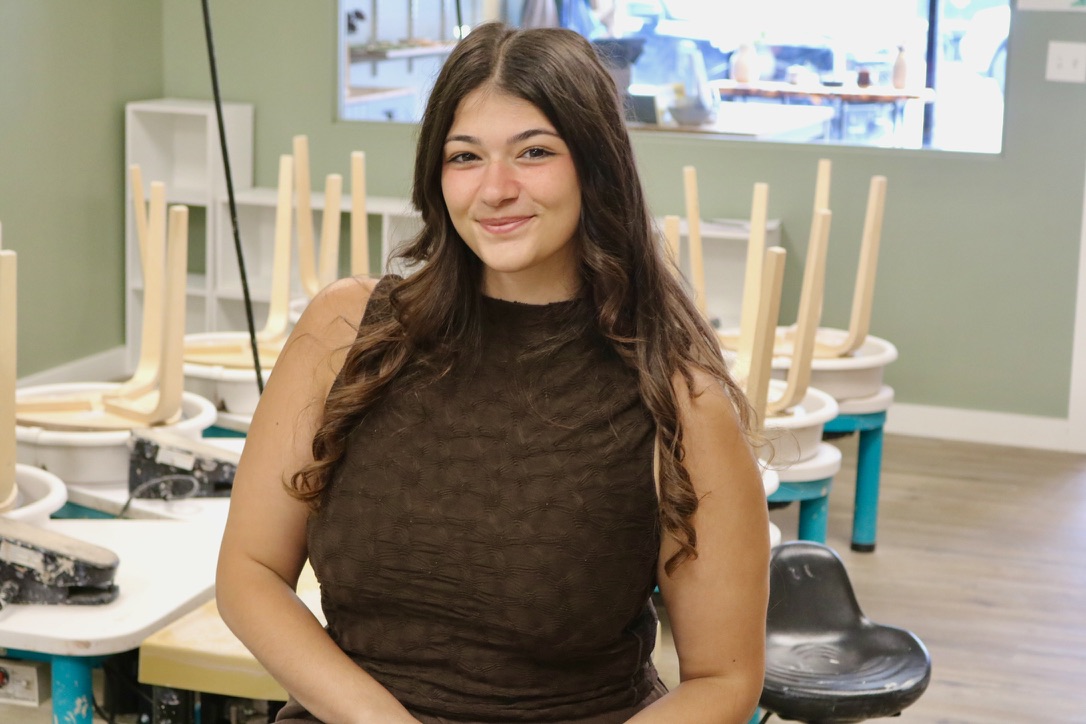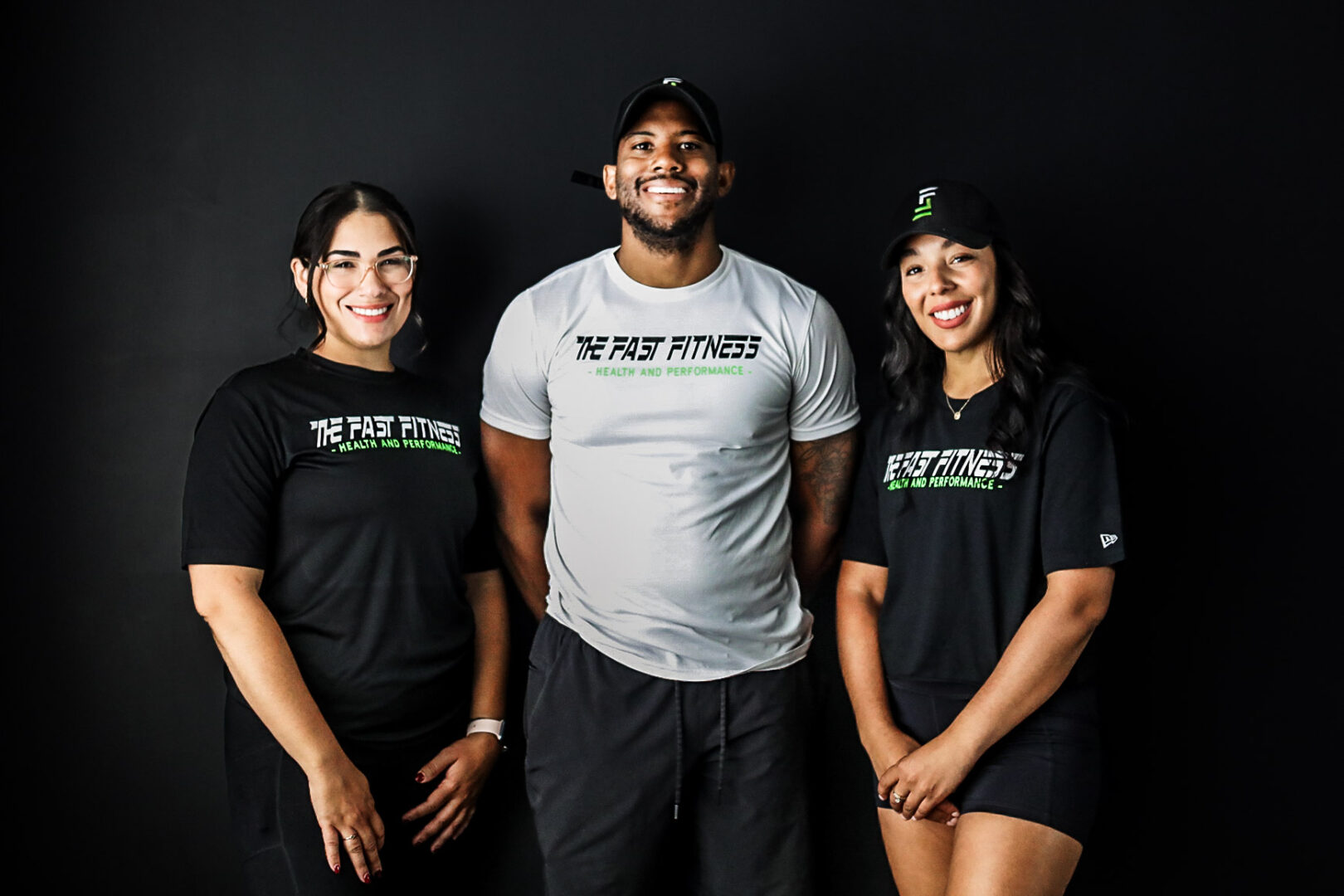We caught up with the brilliant and insightful Leqi Wang a few weeks ago and have shared our conversation below.
Leqi, thrilled to have you on the platform as I think our readers can really benefit from your insights and experiences. In particular, we’d love to hear about how you think about burnout, avoiding or overcoming burnout, etc.
This is a crucial topic that runs throughout my entire graduate program. As far as I know, art schools in the United States, including RISD, SVA, FIT, and my school, SCAD, all have extremely intense programs. While their focuses may vary—some emphasizing commercial aspects and others prioritizing academic depth—regardless of which art school students attend, if they truly want to excel in art, burnout is almost inevitable.
Burnout can stem from a lack of inspiration or an overwhelming number of projects running simultaneously. There are many possible causes, and depending on the specific reason, I adopt different strategies and approaches to cope with it.
A lack of inspiration is the most common challenge I face. For instance, in SCAD’s illustration program, each quarter, I need to take three courses, and each course typically requires completing five to six assignments. This means that in one quarter alone, I must generate and execute at least 15 creative ideas. Over time, it’s easy to feel completely drained of inspiration, struggling to come up with fresh ideas. However, creativity requires accumulation, which can only happen through real-life experiences. Reading, watching films and TV shows, going out with friends, traveling, playing games, and developing personal hobbies—these activities may seem unrelated to studying or working hard, but inspiration often emerges quietly from everyday life. Only by truly engaging with life can we develop emotions, thoughts, perspectives, and then get the desire to express them. Of course, I don’t think it’s necessary to pursue a seemingly “rich” lifestyle just to appear interesting to others; what matters more is having a rich inner world.
As for having too many projects at the same time, I feel that this is not an issue that can be entirely overcome, but rather one that should be managed proactively. One key aspect is proper planning. My MBTI type is ENTP, but after a year and a half of graduate school, I have transformed into a meticulous planner. It’s a practical necessity—when I want to do more, do better, and improve faster, I have no choice but to plan my schedule wisely. Trying to take on more while neglecting planning (especially with procrastination) can lead to disastrous results. Another important lesson I’ve learned in graduate school is knowing my limits. This is not a negative mindset or an excuse for laziness; rather, it is a form of self-awareness. I benefit from a clear understanding of my capabilities—while I still push myself, I no longer drive myself to complete exhaustion or let things spiral out of control.
However, despite everything I’ve learned, I still experience burnout from time to time. The only thing I can do is try to minimize its frequency and recover as quickly as possible when it happens. Or, embrace it.


Thanks for sharing that. So, before we get any further into our conversation, can you tell our readers a bit about yourself and what you’re working on?
I feel both clear and lost at the same time. That sounds like such an irresponsible answer—haha.
Why do I feel lost? I’m from China and have only been in the U.S. for a year and a half. In high school, I was a science student. My undergraduate major is industrial design, but I spent my free time learning English and drawing. Eventually, I applied for the M.F.A. in illustration program at SCAD. This means that before coming to SCAD, I didn’t know how to draw. Looking back on my life trajectory, I seem to have explored many fields, but at the same time, I have somewhat lost focus. At every stage of life, I’ve lived a completely different life, and I have no way of predicting where the next stage will take me.
Beyond my complex academic background, another reason for my uncertainty is that I have a wide range of interests—almost everything related to artistic creation, including music, novels, poetry, picture books, films, TV series, dance, and games. Some I simply appreciate, while others I try to create myself. … But I have yet to fully commit to a specific career path. I’m still in the process of exploring.
However, there are something I believe. In this era, achieving great success solely as an illustrator or artist is incredibly difficult. A better approach is “Illustration +”, such as Illustration + the Internet—becoming an illustration content creator or blogger; or Illustration + Writing—becoming a picture book creator. Especially in an era where AI is advancing rapidly, the illustration industry is facing a major impact. For me, discovering a creative essence that cannot be easily replaced by AI is crucial.
I don’t particularly like defining myself with labels because I am complex and ever-changing. But if I had to describe my current work in a few words, they would be IMAGINATION, STORYTELLING, and CULTURAL DIVERSITY. I love immersing myself in different fantasies—whether science fiction, magical worlds, or ancient histories. These seemingly distant subjects allow me to better express my thoughts and observations about reality.
Right now, I am starting my graduation project, a picture book. However, it is not a children’s book—it is more geared toward young adults or even adults. I plan to integrate the Sanxingdui civilization with science fiction to tell an original story. In the future, I will most likely pursue a career in the fantasy visual industry while writing and illustrating my own original stories.


If you had to pick three qualities that are most important to develop, which three would you say matter most?
Immediate start, preliminary research, and patience—these three principles might be the key to my journey.
Immediate Start might sound a bit strange, but it means exactly what it says—if planning to create an illustration, I should start right away rather than waiting until I feel “ready,” which is a moment will never truly come. I mentioned before that I was a science student. When studying math, I would first try to understand the concepts before attempting to solve problems. However, when I applied this approach to learning illustration, I ended up wasting a lot of time, hesitating to put pencil to paper and feeling anxious, as if my mind was blank. In fact, the early stages of drawing involve constant shifts between practice and reflection. If I don’t start sketching, I’ll never identify the issues needed to address or know what steps to take to improve my work. Artistic skills develop through an iterative process of hands-on experience and critical thinking. So, whenever I have an idea for an illustration, I will just start drawing!
Preliminary research is the most valuable lessons I learned from industrial design, which significantly enhances the feasibility and commercial value of a product. The same principle applies to illustration. Some illustrators immerse themselves in their own creative world, continually producing artwork until success finds them. These people are lucky. But for most illustrators, having a business mindset is essential. While it may not be necessary to create a user persona or perform a competitive analysis, having a clear target audience, understanding market trends, and analyzing similar works can help create more engaging and innovative illustrations. Who doesn’t want their work to be recognized and appreciated? But rather than relying on luck, I prefer to trust data and analysis.
Be patient! I believe this is the most crucial trait for learning illustration. Before entering this field, I thought drawing was all about spontaneity and passion. In reality, it is quite the opposite. Creating an Illustration is like constructing a building. Having an idea is the blueprint, which is just the first step. The real challenge lies in bringing it to life, brick by brick. Rendering details such as hair, clothing folds, or a crowd of characters requires a lot of patience. In my experience, about 20% of the time is spent conceptualizing an illustration, while the remaining 80% is dedicated to carefully executing it, stroke by stroke. If patience is lost in the process, even the best ideas will be meaningless.


Okay, so before we go we always love to ask if you are looking for folks to partner or collaborate with?
Yes, I hope to work with a U.S.-based illustration agency. After graduation, I plan to return to China to develop my career, but I don’t want to lose my connection with the international market. I enjoy engaging with different cultures as it provides me with fresh inspiration. Of course, if I create my own picture book in the future, I hope to have the opportunity to publish an English version. It’s exciting to think about making my voice heard by a broader audience.
Email: [email protected]
Instagram: @Lowque_wssy
Contact Info:
- Instagram: @Lowque_wssy
- Linkedin: https://linkedin.com/in/leqi-wang-561a752ab


Image Credits
Leqi Wang
so if you or someone you know deserves recognition please let us know here.




